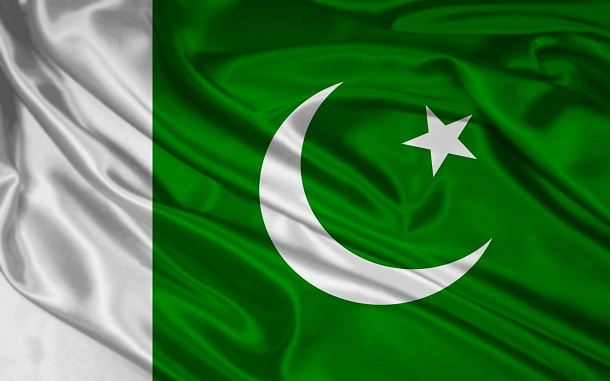
The Pak Problem
It is a peculiar paradox that we in India cry hoarse about Pakistan’s perfidies without really knowing much about our pesky 70-year-old neighbour. And the fact that some Pakistanis seem as confused about themselves as we are is no excuse for this ignorance.
[level-subscriber]Given the intense animosity and distrust that pervades and permeates our bilateral relations, understanding the historical, political and social dynamics at play in the Islamic Republic of Pakistan is critical. Christophe Jaffrelot’s absorbing tome is a heroic attempt to do just that in 688 pages.
Most books on Pakistan project it through an Islamic and/or a military prism, and are peppered with anecdotal references which often contradict each other. Jaffrelot, however, uses a powerful social and analytic prism which reflects the caste, class, ethnic and religious fault lines that influenced Pakistan even before its birth in 1947, and continue to do so today.
At a time when many commentators write off the country as a basket case on the verge of imploding, this book offers some fresh perspectives, backed by some really detailed, mostly impartial research. From the Aligarh Movement of the late 1800s, which sought to restore Muslim pride after the Sepoy Mutiny of 1857, Jaffrelot meticulously tracks Pakistan’s birth and its ever-elusive search for an identity, underlining the paradoxes which define its existence today.
Pakistan’s history, he asserts, “has been overdetermined by three sets of tensions, all rooted in contradictions.”
The first one is the Muslim elite, which “in the late 19th to early 20th centuries, concluded from its Mughal legacy, its ‘racial’ quality, that it was entitled to rule. This attitude contains the harbingers of two major components of the Pakistani syndrome. One is a certain Muslim superiority complex rooted in the Mughal legacy…The other is propensity to use a form of blackmail on third parties—generally Western—to achieve their aims.’
Sounds familiar?
This sense of elite Muslim entitlement, initially by Urdu-speaking Muslims from India and then by the Punjabis who dominate the nation today, alienated other ethnicities. The attempt to impose Urdu on the Bengalis of East Pakistan sparked off a rebellion which culminated in the birth of Bangladesh in 1971. The Baloch and the Pashtuns have no love lost for the ruling Punjabi elite, and continue to lobby—at times violently—for more autonomy, if not a separate state. Then there are the Mohajirs, who are not separatists, but want to retain their power base in Karachi at all costs.
The second fault line is the perceived differences between the military and civilian forces. But instead of identifying them as separate poles, Jaffrelot argues that they are two sides of the same coin. In Pakistan, “military rulers and party leaders are both part of the same establishment,” he said in an interview. “The sons of (military rulers) Zia (ul Haq) and Ayub Khan have become ministers.”
Ex-military men head critical corporations and factories. Even during civilian rule, the military dictates Pakistan’s policies on Afghanistan and Kashmir/India.
The civilian rulers, mostly feudal landlords, do not have a democratic culture either. The abysmal tax-to-GDP ratio, the lack of reforms and secular education, and the attempts by both civilian and military governments to suborn the judiciary are clear pointers towards this civil-military power nexus. In fact, Jaffrelot sees the judiciary as the main opposition pole, taking on both civilian and military rulers.
The third set of tensions, of course, is religious. The Muslim League, which fought for a separate Muslim state, did not have a theocratic political philosophy, says Jaffrelot. The Ulemas of Deoband and those who joined the Khilafat movement, however, had a transnational, highly theocratic vision of Islam. But orthodox Islam did not take root in Pakistan till the early 1970s, when Zulfiqar Ali Bhutto and then Zia-ul Haq used religion for venal political ends.
Jaffrelot’s tome closes in the winter of 2014, which saw the slaughter of 150 children in a school in Peshawar by the Tehrik-e-Taliban.
But did that horrific event change Pakistan?
Here’s Jaffrelot’s concluding lines: “While the army is pursuing the north Waziristan operation with unprecedented determination, it is also acquiring more and more power at the expense of the democratisation process –and ‘good Islamists’ including the LeT, still have a strong presence in the public sphere.”
Now that is resilience.
[/level-subscriber]